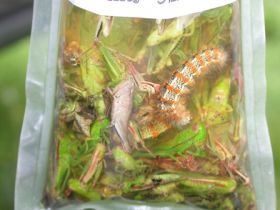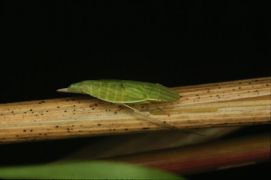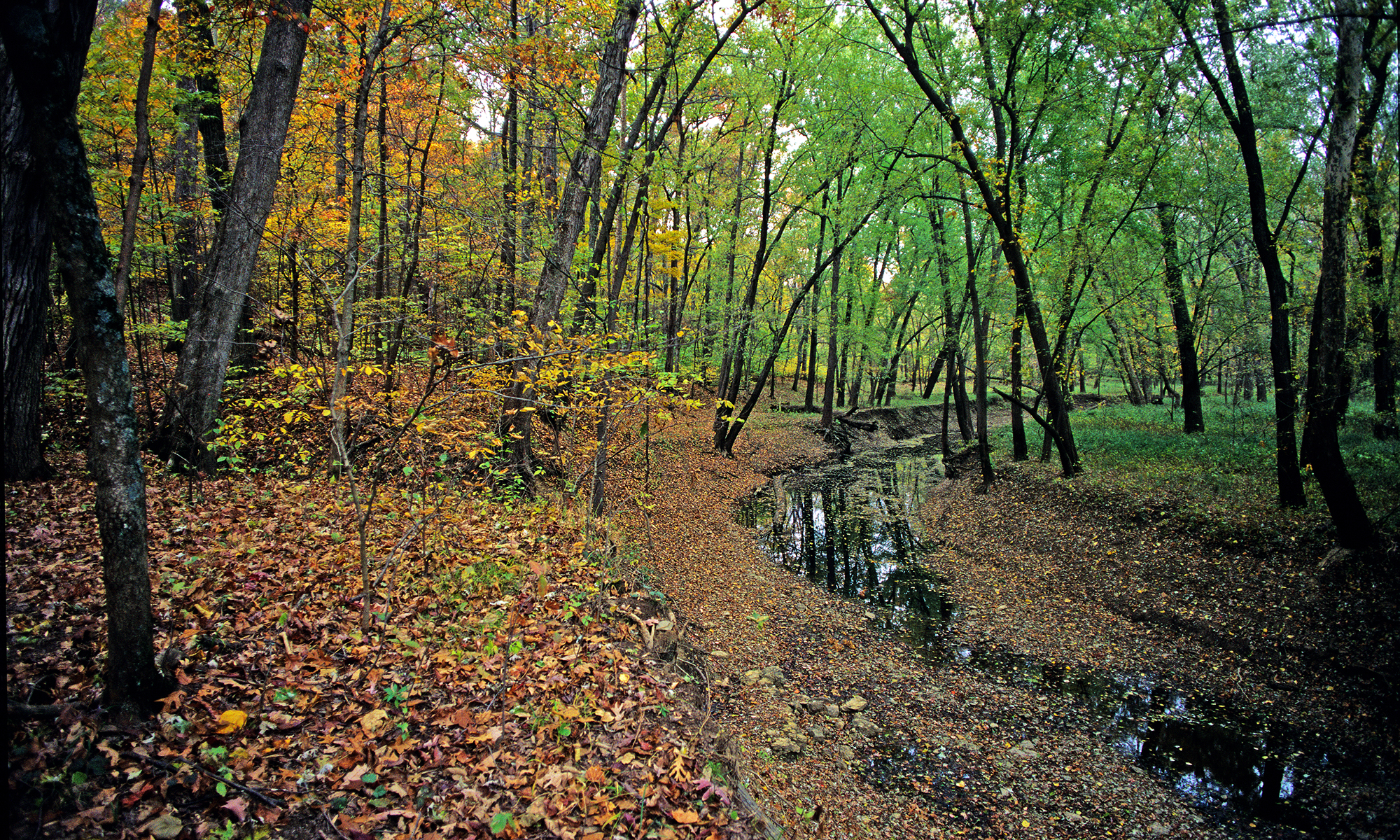Terrestrial

Arthropods—mostly insects and spiders—are one of the most biologically diverse group of organisms in the Illinois landscape. These organisms are an important part of ecosystems—though we may not always understand their roles. To try and understand some of the patterns of abundance and diversity of arthropods, CTAP scientists conduct sweep samples to collect insects at each forest, wetland, and grassland site.
A large and unique data set is generated by CTAP. For example, during the first cycle from 1997 to 2001, 388 terrestrial arthropod samples were collected at 128 forest, 127 grassland, and 133 wetland sites. Of particular interest in these samples are the Auchenorrhynchous Homoptera or AH (i.e., leafhoppers, planthoppers, spittle bugs, and treehoppers). This particular group of sap-sucking herbivores is ideal for monitoring because they are highly diverse and abundant in most terrestrial habitats, are habitat and host specific, are highly sensitive to environmental change, and have been extensively studied in Illinois (Spyreas et al. 2010).


Aquatic
Approximately 87,110 miles of rivers and streams flow across the Illinois landscape. An amazing array of organisms makes these aquatic habitats home including fish, mollusks, and many insects.
From 1997-2001 and 2002-2006, CTAP collected data on aquatic insects inhabiting Illinois streams at 149 randomly selected sample points. All insects collected were identified and counted with special attention to mayflies, stoneflies, and caddis flies (Ephemeroptera, Plecoptera, and Trichoptera or EPT).
These data show that the number of EPT species are heavily affected by stream channelization. Streams with natural, meandering channels have more species (average of 12) than channelized streams (average of 7). Streams with little to no wooded riparian zone have very few EPT as well. Regional differences show that streams in the central and northern parts of Illinois are more degraded than streams in the south.

